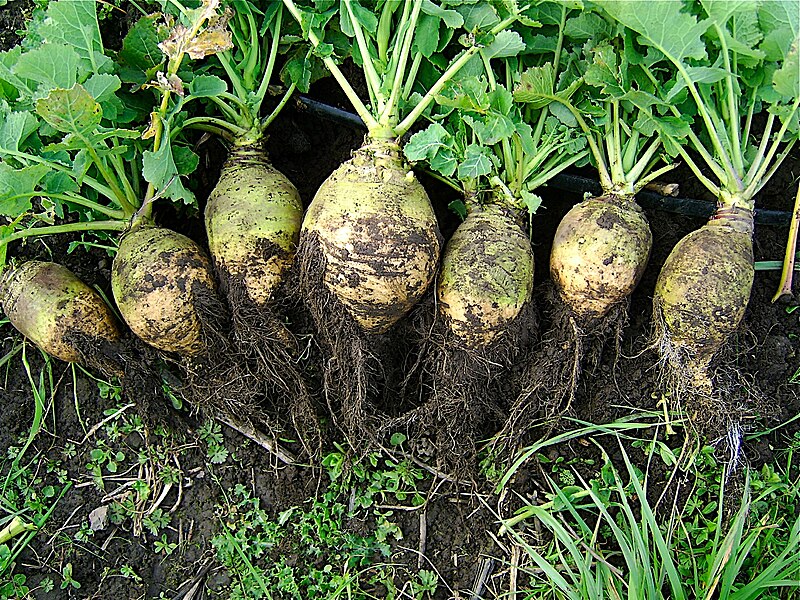Here’s a tasty dish I enjoyed while staying with my cousin in Stockholm last week. Root vegetable gratin. Various root veg including potatoes, carrots, swede, turnip, also celery, onions, leeks. Slice thin and bake with cream and a vegetable stock cube in a shallow dish.
The conversation at table turned to the English word swede, and whether it’s connected in any way with Sweden. Such has occasionally been suggested to me in a spirit of fun, but I had always supposed that the similarity between the name of my mother’s native land and a big turnip was mere coincidence.
Not so, it seems. My Shorter Oxford Dictionary tells me that Swede has the following three meanings:
(1) a native of Sweden (first use 1614)
The conversation at table turned to the English word swede, and whether it’s connected in any way with Sweden. Such has occasionally been suggested to me in a spirit of fun, but I had always supposed that the similarity between the name of my mother’s native land and a big turnip was mere coincidence.
Not so, it seems. My Shorter Oxford Dictionary tells me that Swede has the following three meanings:
(1) a native of Sweden (first use 1614)
(2) a Swedish ship (rare, first use 1799) and
(3) a large variety of turnip with yellow flesh introduced from Sweden in 1781-2 (first use 1812, earlier known as Swedish turnip).
So “carrots, swede, turnip” is incorrect. It ought to be “carrots, Swede, turnip”. However since I write “rugby ball” and not “Rugby ball” I'll stick to swede for what I eat and Swede for what I half am.
So “carrots, swede, turnip” is incorrect. It ought to be “carrots, Swede, turnip”. However since I write “rugby ball” and not “Rugby ball” I'll stick to swede for what I eat and Swede for what I half am.
 |
| Harvesting swedes |
If the date of introduction, 1781-2, is right that would fit in with the 18th century agricultural improvement drive in Britain. But Wikipedia suggests an earlier date.
The swede originated as a cross between the cabbage and the turnip, something that would I imagine be readily apparent to anyone that’s actually grown them, which I haven’t. The Swedish for swede is kålrot (cabbage root).
Wikipedia says that in North America the common term for the plant is “rutabaga”, derived from the old Swedish word “rotabagge”, root bag.
(Subsequent note 19th Nov. I cooked the dish last night but not a complete success. I thought crème fraisch might be a good idea but it wasn't. More liquid needed, and a slow oven.)
The swede originated as a cross between the cabbage and the turnip, something that would I imagine be readily apparent to anyone that’s actually grown them, which I haven’t. The Swedish for swede is kålrot (cabbage root).
Wikipedia says that in North America the common term for the plant is “rutabaga”, derived from the old Swedish word “rotabagge”, root bag.
(Subsequent note 19th Nov. I cooked the dish last night but not a complete success. I thought crème fraisch might be a good idea but it wasn't. More liquid needed, and a slow oven.)
